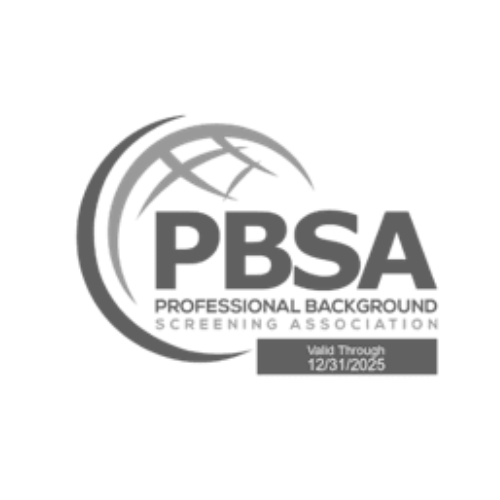Someone’s constantly on calls. They respond quickly. Their calendar is packed. They talk in every meeting. And still, nothing truly moves forward.
This isn’t underperformance in the traditional sense. It’s harder to pin down. Because on the surface, everything looks right.
What you’re seeing is fake productivity – not laziness, not incompetence, but work that performs well without contributing much. And in many teams, it’s not an exception. It’s embedded.
It’s also one of the reasons high performers leave quietly while average ones stay visible.
Why it keeps happening, even in well-run teams
This isn’t about individuals trying to game the system. It’s often about systems that quietly reward activity, availability, and performance theatre, while missing the cost.
In high-growth, fast-moving companies, you’ll often see:
- Value conflated with responsiveness: The person who replies first is treated as engaged, even if nothing gets delivered.
- Presence mistaken for ownership: Being in the room, or the thread, becomes a stand-in for progress.
- “In the loop” as a substitute for “on the hook”: People are across everything, but responsible for very little.
- Performing busyness to avoid scrutiny: If a calendar looks full and Slack is active, no one asks harder questions.
This creates a culture where actual contributors are buried under noise, and where performance is shaped more by perception than outcome.
Where fake productivity hides (and thrives)
It doesn’t show up in dashboards. And most HR systems won’t flag it. But it has patterns, and most HR leaders, if honest, have seen these play out:
1. In performance reviews that overvalue effort
A person is praised for “always being available” or “attending every meeting.” But when asked what they’ve delivered, the room goes quiet — or the answer gets vague.
2. In promotion panels where visibility wins
People who’ve figured out how to “show up” strategically get rewarded before those solving hard problems behind the scenes. It’s not always intentional. It just looks cleaner on paper.
3. In high-collaboration teams with no clear ownership
The more hands on a project, the easier it becomes to hide behind shared credit. Someone doing little can blend into momentum driven by others.
4. In hybrid setups where activity replaces trust
When leaders don’t have a clear view of contribution, they lean on signals that feel safe: availability, quick replies, heavy calendars. The more ambiguous the output, the more this effect compounds.
This kind of productivity doesn’t stall projects immediately. It slows them quietly while building organisational narratives around the wrong people.
Why HR can’t afford to ignore it
Fake productivity isn’t just a team issue. It reshapes culture. And the longer it goes unchecked, the more damage it does in areas HR does own:
- Engagement erodes: Your best people see exactly what’s happening , and they’re the least likely to tolerate it.
- Performance data gets skewed: When effort is used as a proxy for impact, talent decisions start drifting off course.
- Internal mobility gets distorted: The wrong people move up, and high performers either disengage or move out.
- Planning gets inaccurate: Teams appear fully staffed and productive, but aren’t actually moving work forward at the expected pace.
None of this is visible in formal KPIs. It shows up in exit interviews, skipped feedback, and quiet internal frustration.
What experienced HR teams are doing differently
This isn’t about policing calendars or micromanaging effort. It’s about shifting the lens from “how busy are they?” to “what are they making possible?”
Here’s where HR can step in, without creating friction or adding complexity.
1. Reframe performance language
Drop vague terms like “hardworking” or “always on” from performance reviews. Push for specifics:
- What problems did they solve?
- What did they initiate, own, or complete?
- What work would have stalled without them?
Language drives standards. Get sharper.
2. Look at handoffs, not just tasks
A reliable sign of real productivity: clean transitions and fewer escalations. Fake productivity often leaves behind confusion, work is “done” but nothing’s actually finished.
Start asking:
- Are others waiting on this person to close loops?
- Are handoffs clear, or do things circle back later?
3. Pressure test recognition systems
Who’s getting shoutouts, bonuses, or internal visibility and why? If the answer includes “fast to respond,” “always around,” or “in every meeting,” you’re probably rewarding noise.
Shift recognition toward:
- Unblocking teams
- Making decisions stick
- Driving consistency in execution
4. Coach leaders to separate signal from theatre
Managers often sense fake productivity, but feel unsure how to call it out, especially with high-effort, low-output employees.
HR can help by normalising clarity-based feedback:
“I appreciate the responsiveness, but I’m looking for clearer delivery on key outcomes. Let’s review what’s actually been completed this quarter.”
This isn’t punitive. It’s protective — for the team, for performance culture, and for the manager’s own time.
Final thought: What gets seen gets copied
If the people who master surface productivity keep getting rewarded, others will follow. Not out of malice, out of survival.
HR’s role isn’t to play watchdog. It’s to shape how value is recognised. And when fake productivity gets spotlighted, it starts losing ground.
Because busy doesn’t mean useful. And the teams who know the difference are the ones that move faster, retain better, and spend less time cleaning up after people who look impressive, but leave nothing behind.
















